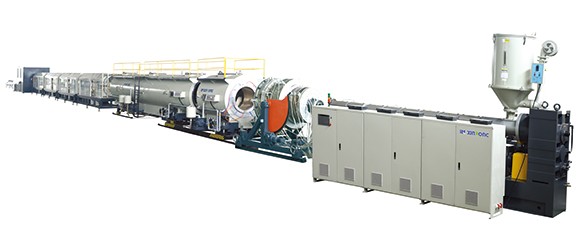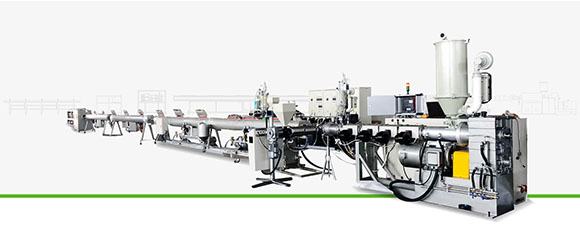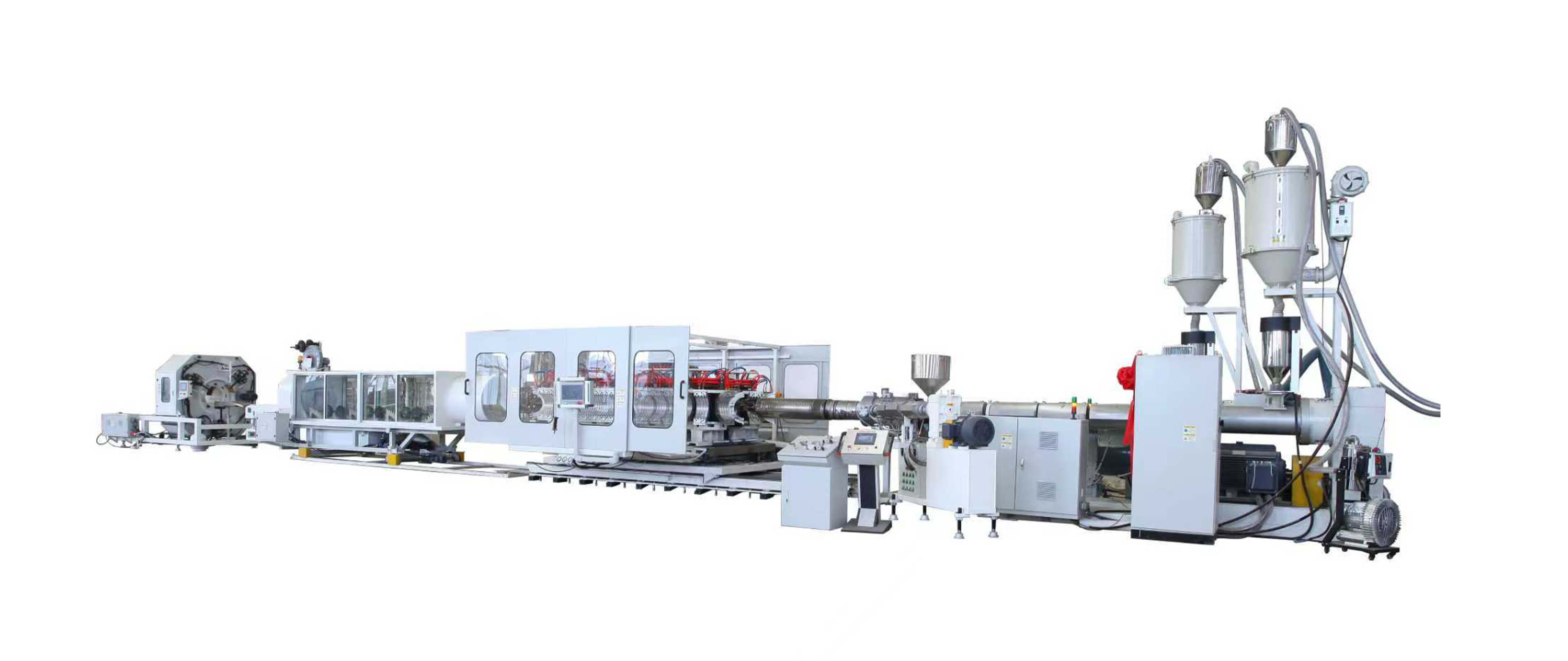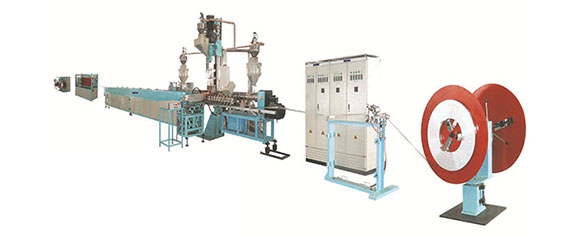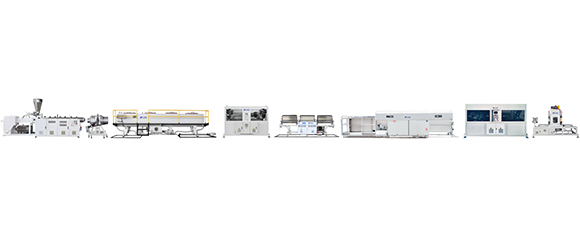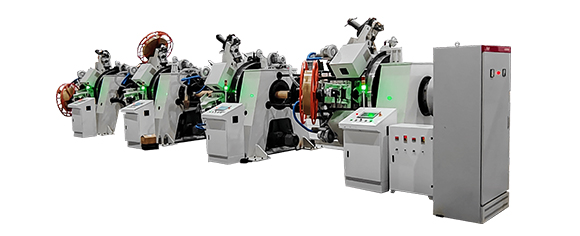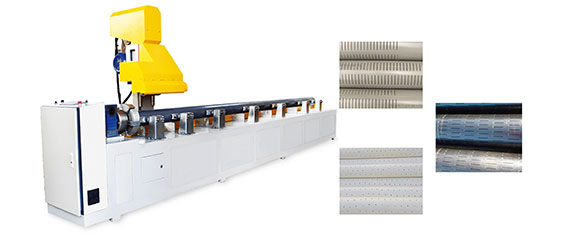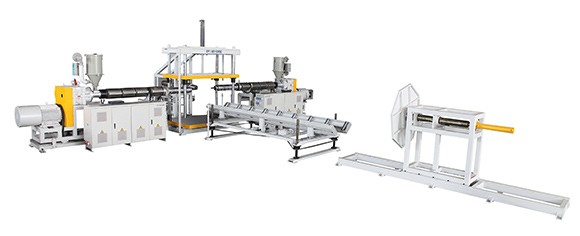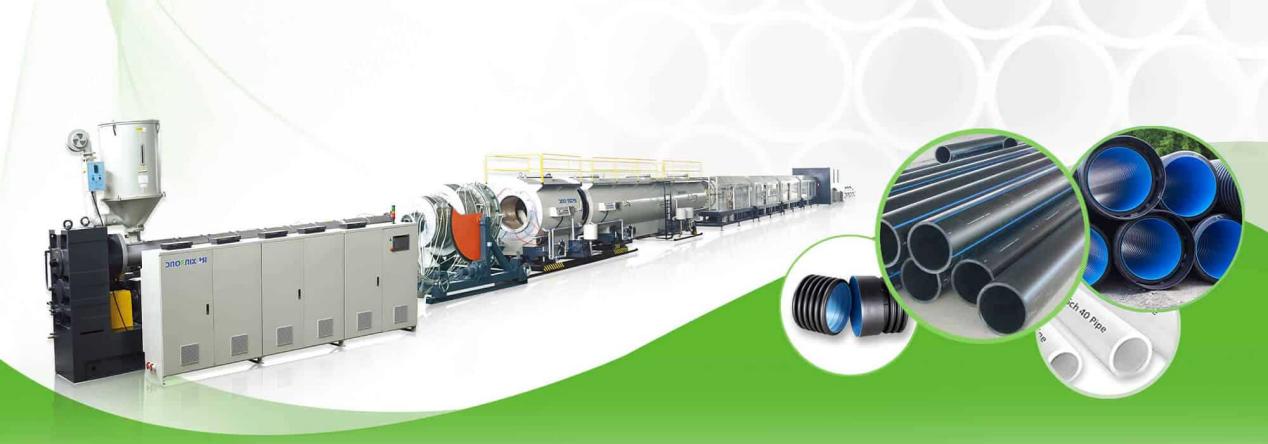How to setup a Plastic Pipe Production Line
In the context of the continuously developing plastic industry, more and more enterprises are considering entering the field of plastic pipe production. How can one effectively establish an efficient plastic pipe production line? What aspects should you understand and pay attention to before setting up the factory?
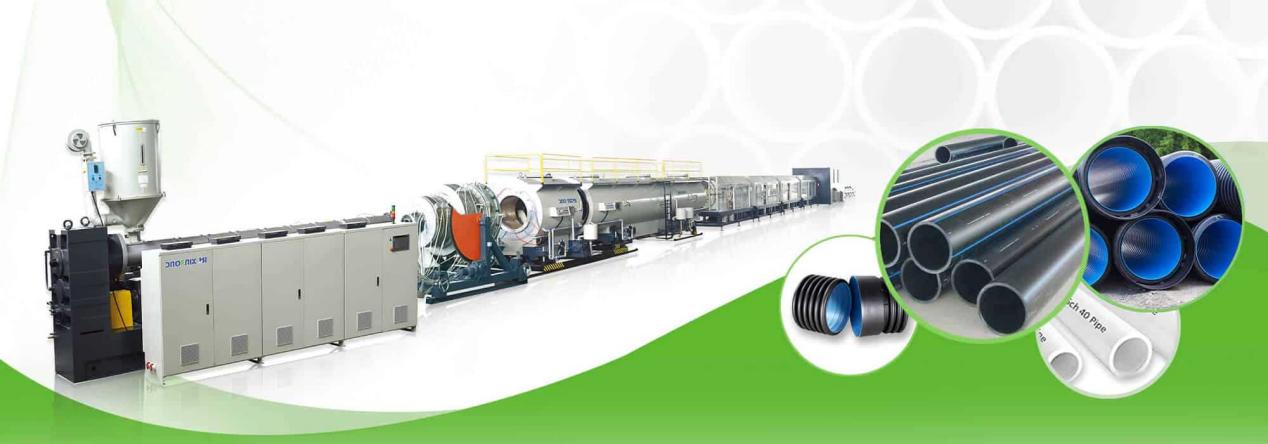
(1) Market Research — Which Plastic Pipes Are in Increasing Demand?
First, understanding market demand is key to success. Have you analyzed the demand for plastic pipes in your region or target market? Different application areas (such as agriculture, construction, water supply, etc.) have varying requirements for pipe specifications and performance.
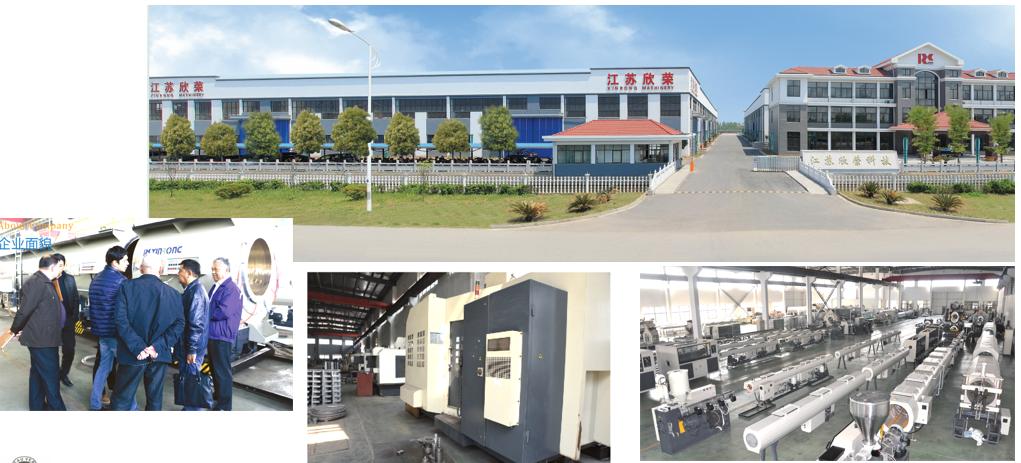
1.1 Gather information about local or target market pipe demands from industry trade shows, industry websites and associations, pipe markets, competitors, and professionals.
1.2 Understand the application areas for the demanded pipes and the specifications and performance requirements (outer diameter, pressure or SDR, pipe material and formulation requirements, single-layer or multi-layer pipes, low-pressure or high-pressure pipes, plastic pipes or composite pipes?).
(2) Finding Equipment Suppliers – Understanding Processes, Approximate Prices, and Output capacity.
Equipment is the core of the production line. Choosing the right extruder, die heads, and auxiliary equipment for your pipes is crucial.
Now that you know the material, specifications, and performance of your pipes, you can ask equipment manufacturers for complete line solutions and quotes. Different outputs and configurations will have varying requirements, so you need to understand the following points:
2.1 The choice of raw materials will directly affect the selection of the extruder. For example, if a large amount of recycle material is used, equipment suppliers may recommend a low-speed extruder to extend the lifespan of the screw. In this case, the output of the entire production line will be relatively low. Conversely, if you need a high-speed production line, the requirements for raw materials will be higher, resulting in increased output and product quality.
2.2 Although a line can produce pipes of different sizes and specifications, there is a certain range of pipe sizes that the production line can accommodate. If you have many specifications, it’s best to indicate which sizes will be produced more frequently and which will be produced occasionally. This way, equipment suppliers can better select suitable production equipment for you.
2.3 Most manufacturers will provide you with a complete production line but may not include peripheral auxiliary equipment. In addition to understanding the main production line, you should also know the list and prices of the required peripheral auxiliary equipment.
2.4 Understand the personnel needed for the entire line, energy consumption, output, water usage, and gas consumption.
2.5 Understand the area required for the entire line and the requirements for the factory building.
(3) Calculate Profit
3.1 Confirm the procurement price of raw materials with suppliers. You can determine the price per meter of raw material by multiplying the weight per meter by the raw material price.
3.2 Research the selling price in the target market. (You can find this information on local B2B websites or in pipe markets.)
3.3 The production line operates 24 hours, calculate the approximate sales volume based on the output and determine the gross profit to see if it meets your requirements. You can then adjust your plan accordingly (for example, by increasing the number of production lines, adjusting output, or changing pipe specifications).
(4) Find a ReliablePlastic Pipe Extrusion Equipment Manufacturer

When establishing a plastic pipe production line, selecting the right extrusion equipment manufacturer is crucial. The quality of the equipment, technical support, and after-sales service directly impact production efficiency and product quality. An excellent equipment manufacturer can not only provide efficient and stable production equipment but also offer customized solutions to meet specific production needs.
Factors to Consider
Industry Experience and Reputation: Choose manufacturers with rich experience and a good reputation to reduce risks and ensure equipment reliability.
Equipment Quality: Evaluate technical parameters and manufacturing processes to ensure that the equipment meets production requirements.
After-Sales Service and training: Timely technical support, professional training and maintenance services are crucial for ensuring the normal operation of the production line.
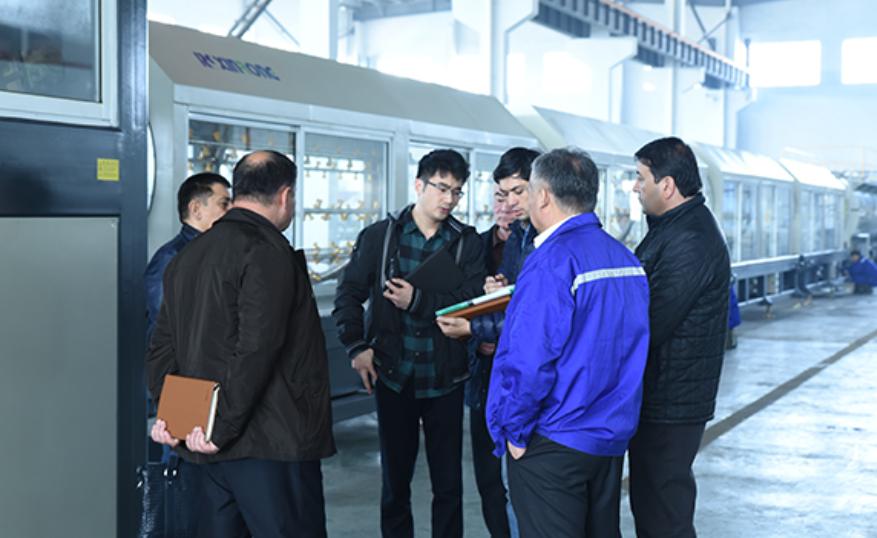
Cost-Effectiveness: Consider both equipment price and quality to select the most cost-effective manufacturer, optimizing return on investment.
Customization Capability: Choose manufacturers that can customize solutions based on your specific needs to accommodate different types of pipe production.
On-Site Inspection: Whenever possible, conduct on-site inspections of the manufacturer’s production facilities to observe the production process and quality control.
Xinrong provides comprehensive solutions tailored to personalized needs, including material sourcing, cost analysis, equipment selection, customization, installation, and testing. Xinrong manufactures and offers a variety of production equipment for plastic pipes, including PE pipe, PVC pipe, PP pipe,PPR pipe, PERT pipe, andOPVC pipe. We also produce various high-pressure composite pipes, such asPPR pipe fiberglass reinforced composite pipes,RTP/TCP pipe production lines for reinforced thermoplastic pipes, and PE steel belt reinforced composite pipe production lines. Additionally, we provide equipment for manufacturing various structural pipes,includingcorrugated pipes, smooth pipes, andhollow winding pipes. We welcome inquiries and on-site inspections.





